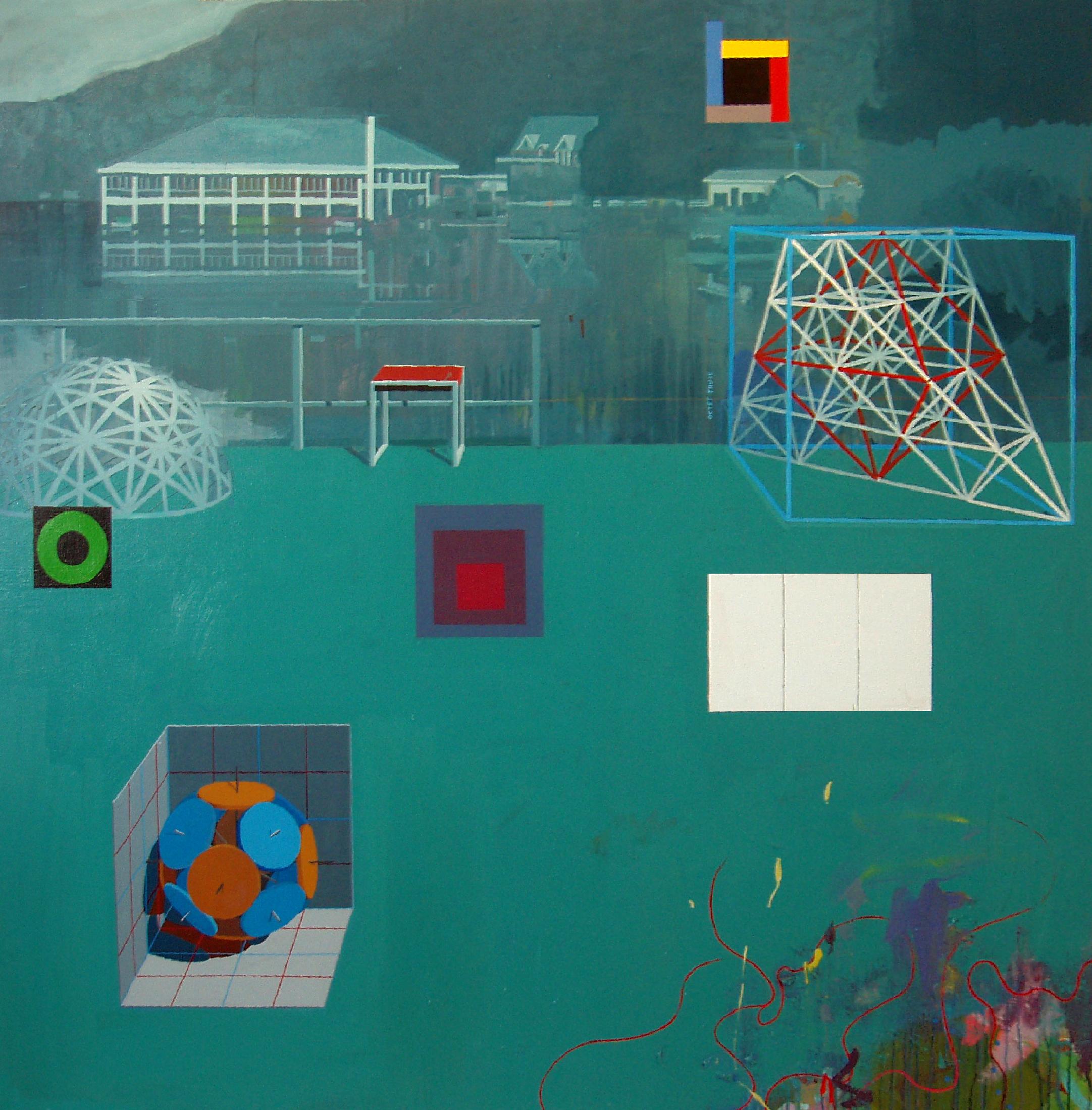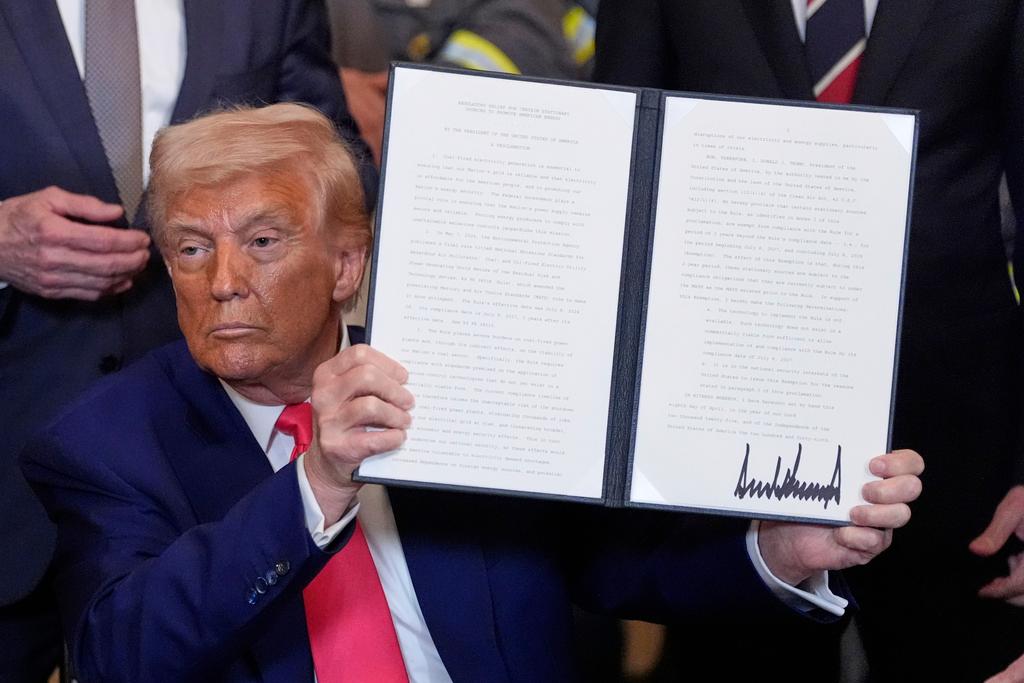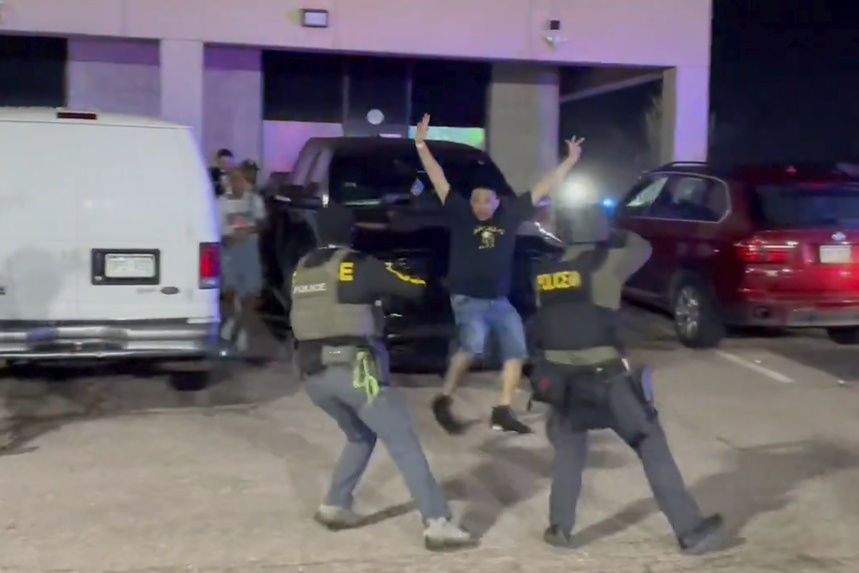
In 1965, two college friends took a road trip in search of something special.
“We drove around from farmer to farmer [starting in Missoula, Montana], asking anybody if they had land for sale,” artist Clark Richert said. “And it led us all the way to southern Colorado.”
Richert and his buddy Gene Bernofsky found what they were looking for in a six-acre goat farm outside Trinidad. They paid $450 for it, turned it into an artist community and named it Drop City.
Richert, now 78 and living in Denver, went on to become an important contemporary artist in Colorado. A major retrospective of his 50-year career, “Clark Richert in hyperspace,” opens Friday at the Museum of Contemporary Art Denver.
Drop City drew a lot of attention, locally and nationally, for its free lovin’ hippie lifestyle. Articles about the experimental artist colony described it as being rife with drugs and alcohol. But Richert said that’s a misrepresentation.
“We weren’t trying to be hippies and we didn’t consider ourselves hippies,” Richert said. “But the media world basically called us hippies.”
The artists were too broke to buy any of those vices, Richert said. And the name, Drop City, had nothing to do with dropping acid. It had to do with dropping art, something Richert and Bernofsky came up with while attending the University of Kansas.











